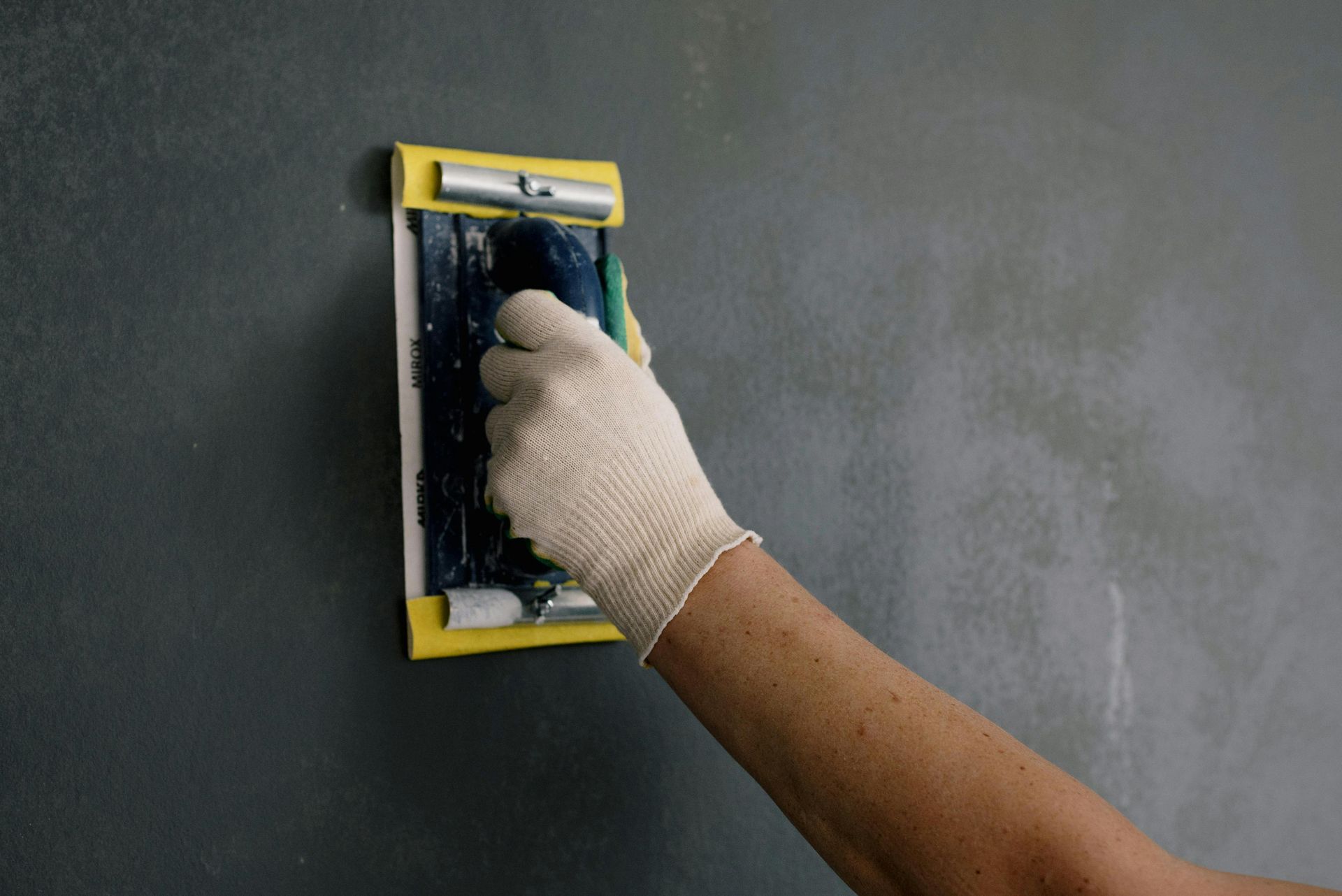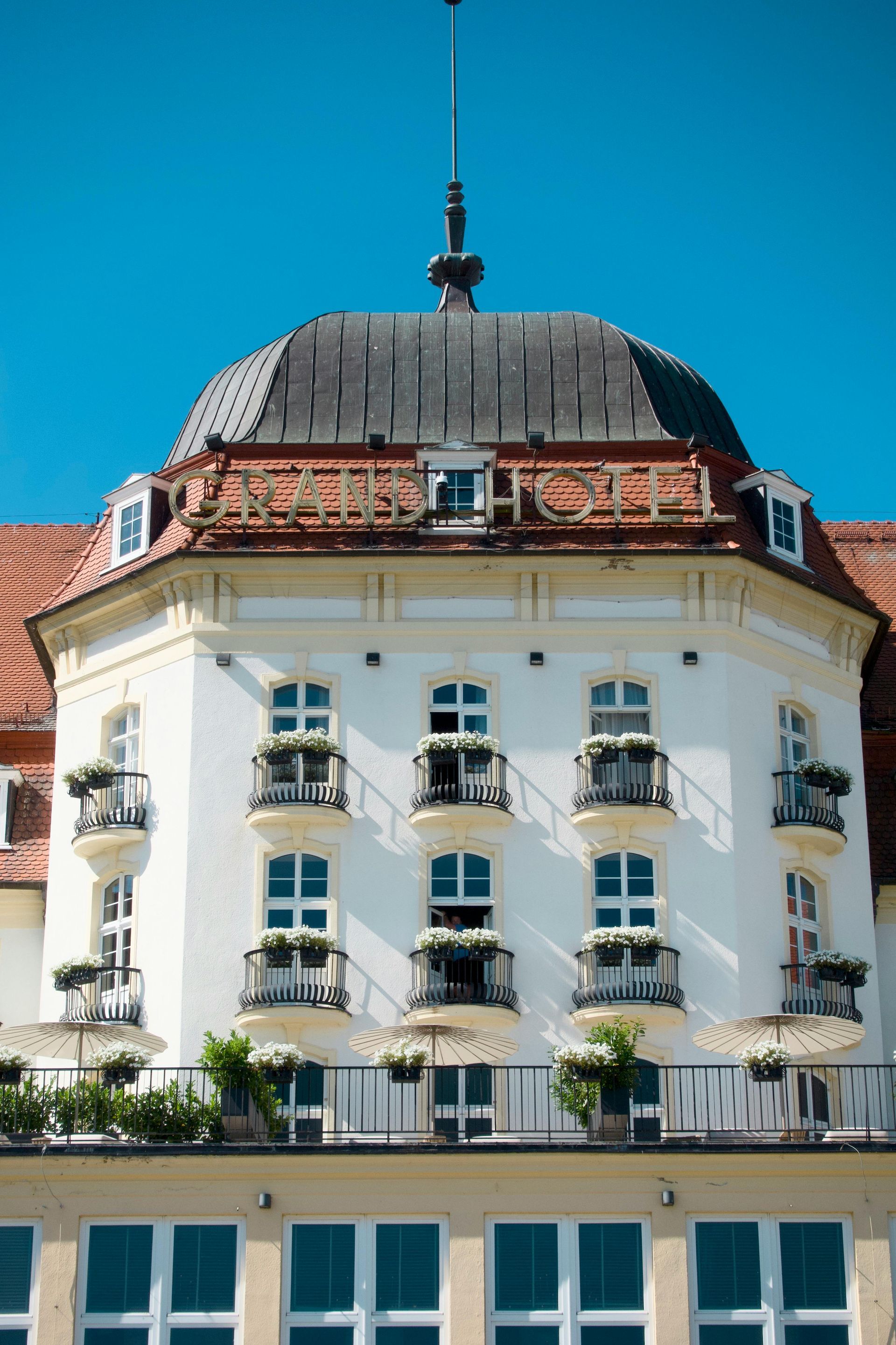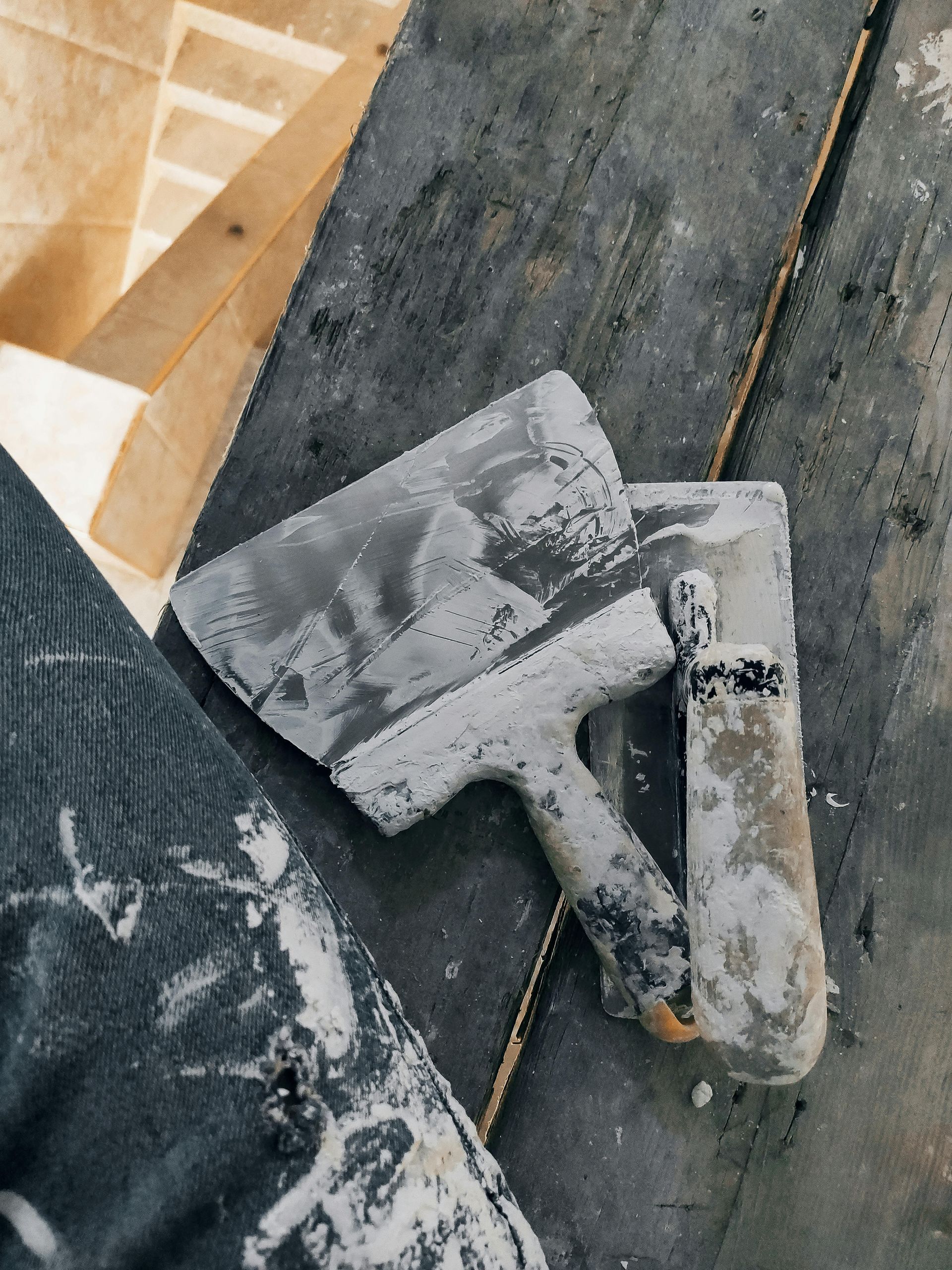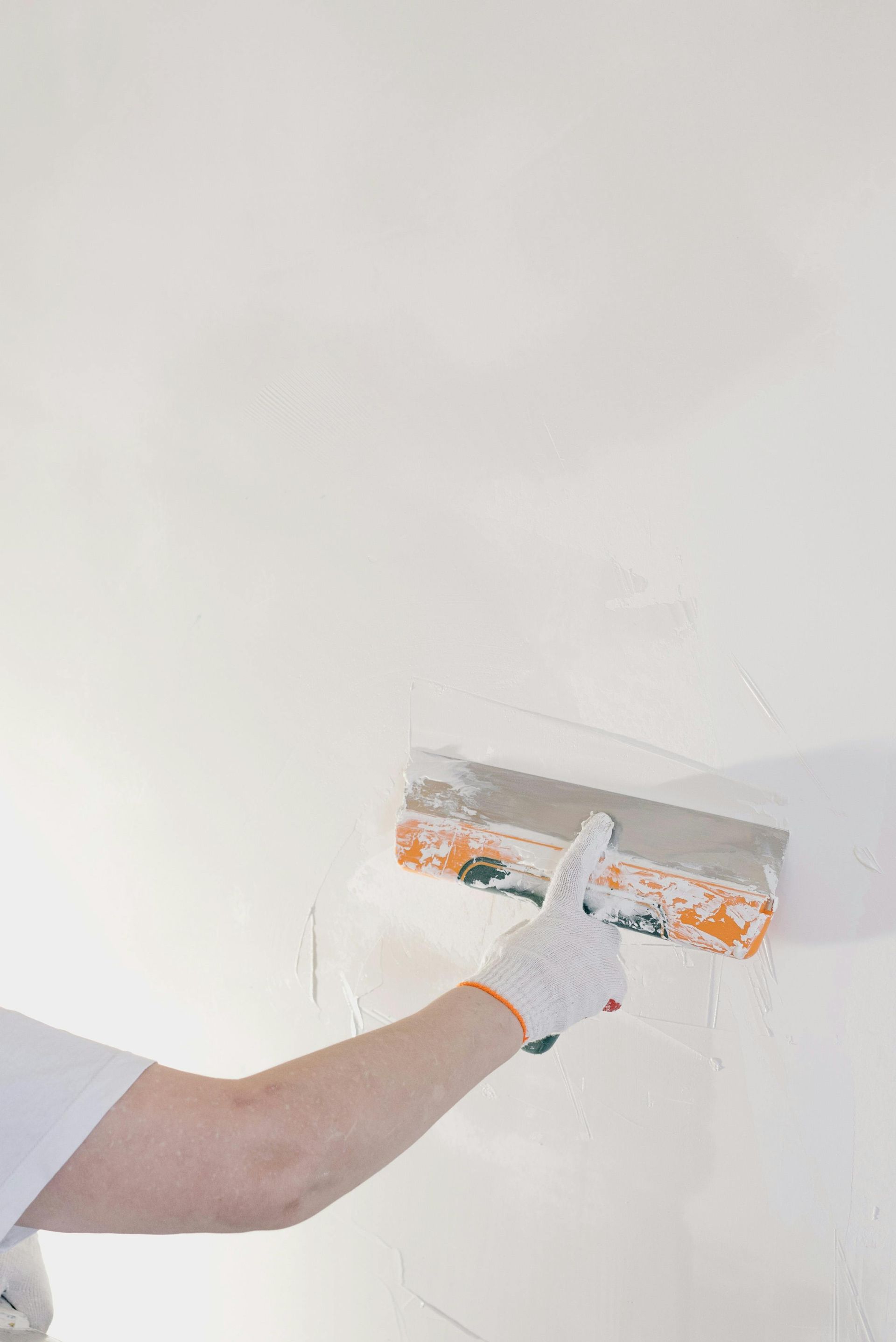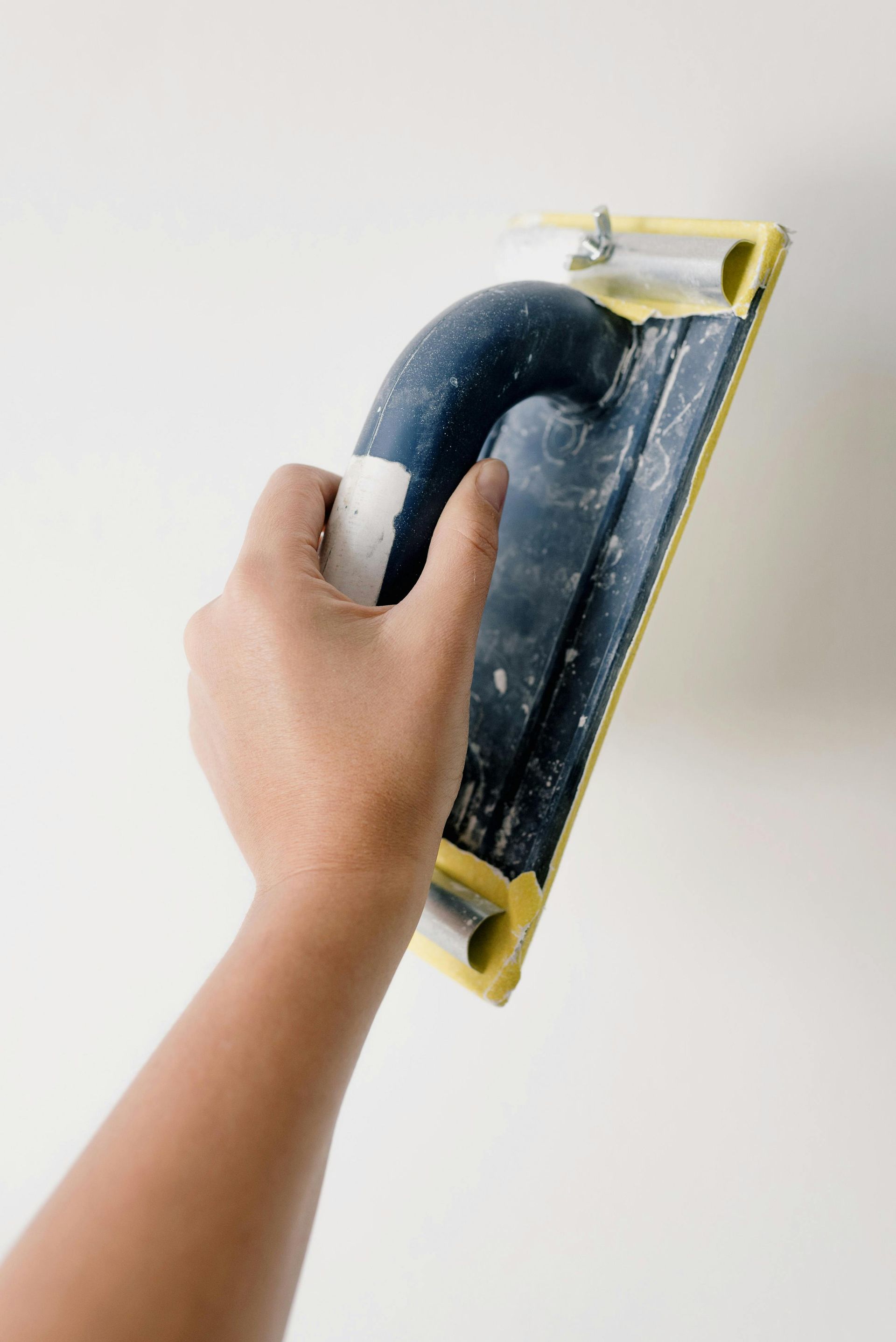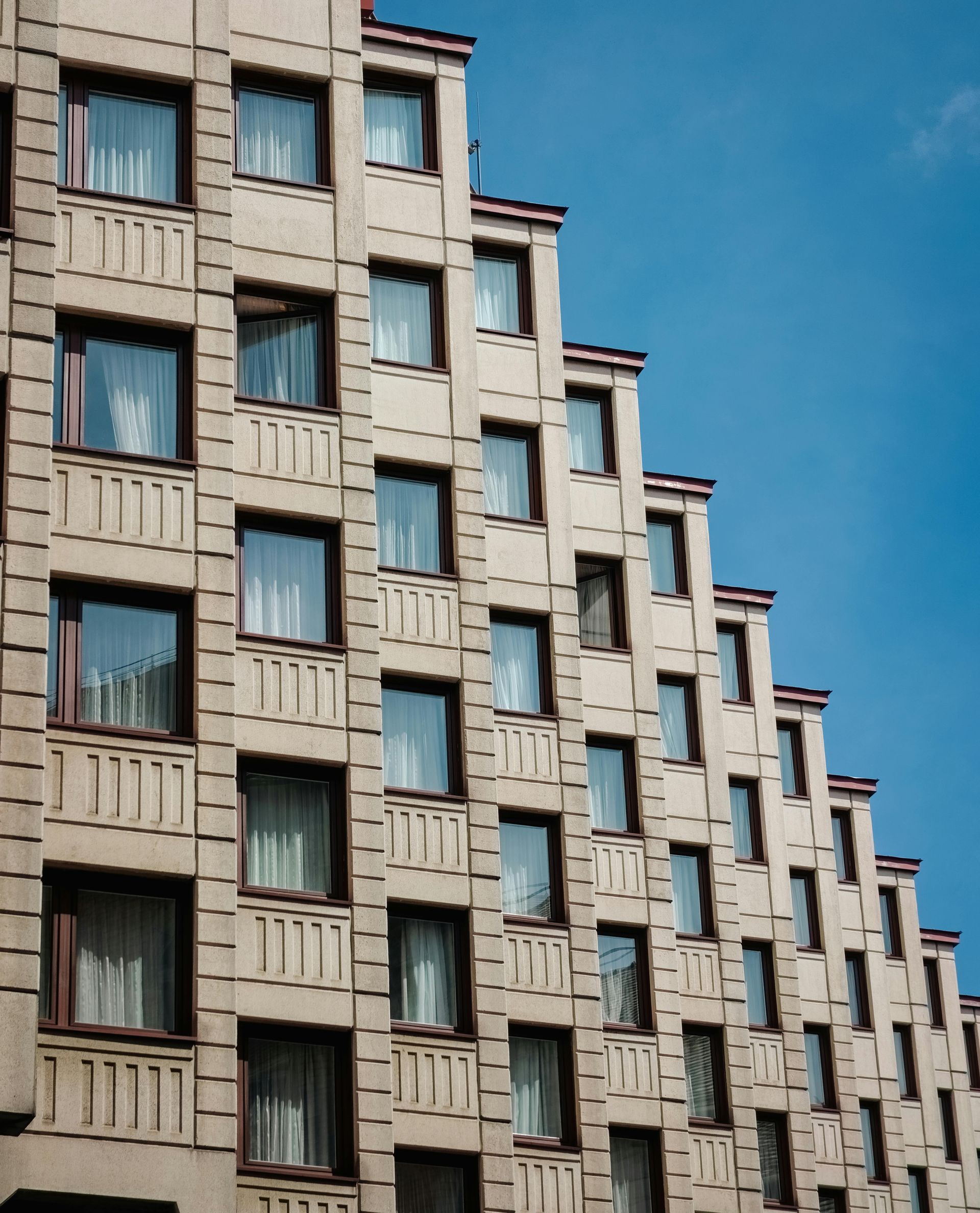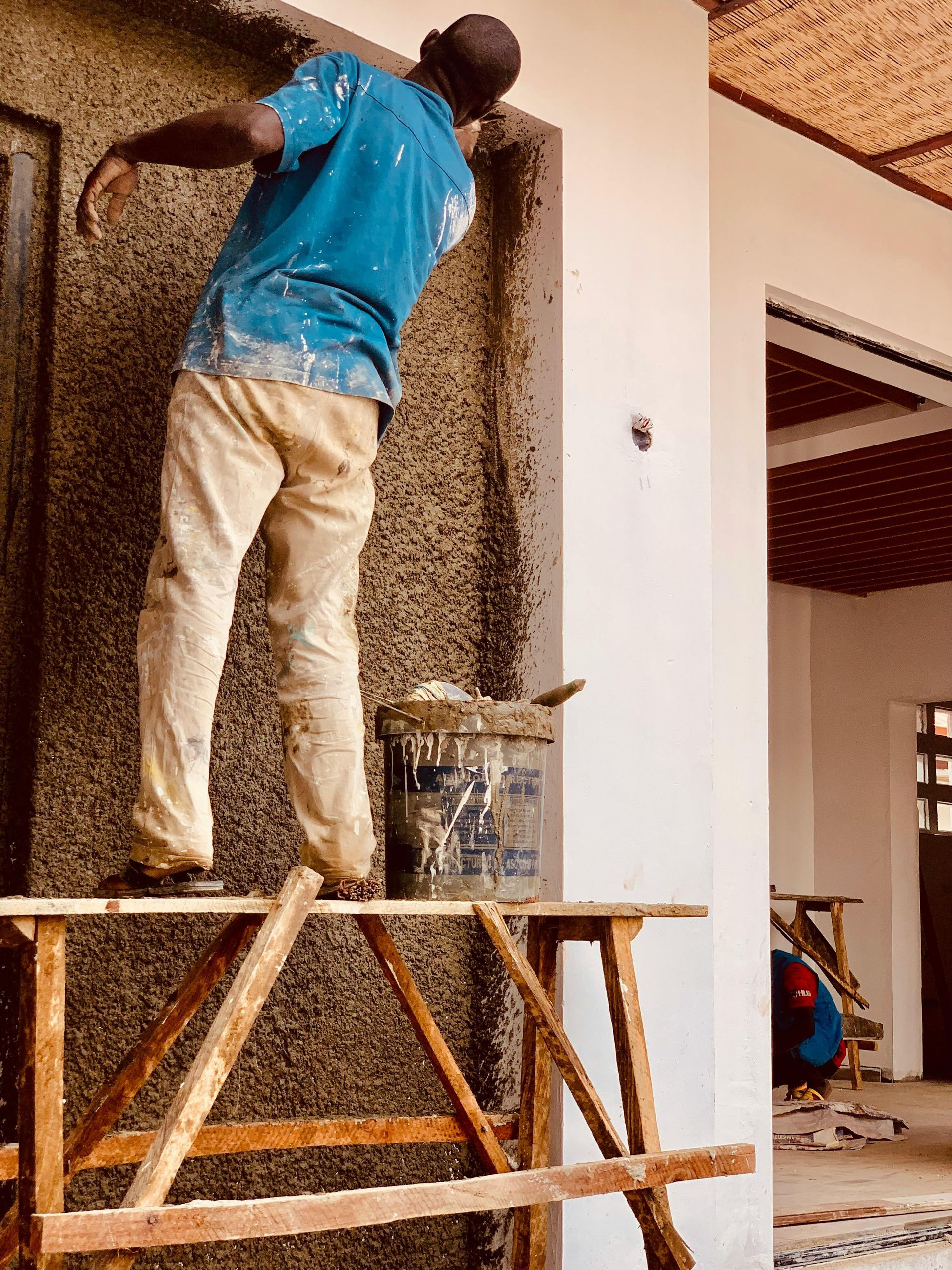Commercial Plastering Explained Like You’re 5, No Jargon, Just Facts
Let’s be honest: the words “commercial plastering” probably don’t get you excited. Most property managers hear it and think, “Isn’t that just some wall work contractors do?”
But here in the Bay Area, plastering is one of those hidden essentials that keeps buildings looking sharp and standing strong. You might not notice it when it’s done right but when it’s ignored? Cracks, leaks, and tenant complaints pile up fast.
So today, let’s strip away the jargon and explain commercial plastering as simply as possible. No fluff, no overcomplicated terms. Just the facts, explained like you’re five.
What Is Commercial Plastering?
Think of plastering like putting on a protective jacket for your building.
- It covers up rough surfaces.
- It protects walls from rain, heat, and everyday wear.
- It makes everything look clean and professional.
Now, “commercial” just means we’re talking about big spaces—office towers, hospitals, schools, hotels, retail centers, and industrial facilities.
So in short: Commercial plastering = giving big Bay Area buildings a tough, good-looking jacket.
Why Property Managers in the Bay Area Should Care
If you’re managing a property anywhere from San Jose to San Francisco, here’s why plastering matters more than you think.
1. Bay Area Weather Is Tough on Buildings
Moisture from fog, heavy winter rains, and salty coastal air can wear down surfaces fast. Plaster adds a strong barrier that keeps your building protected.
2. It Saves You Money Long-Term
High-quality plastering reduces the need for constant repainting and costly emergency repairs. Preventative work today = lower maintenance costs tomorrow.
3. It Keeps Tenants Happy
First impressions matter. Smooth walls, clean finishes, and modern textures make your property look professional. Cracks and peeling? Not so much.
4. It Boosts Safety & Compliance
Fire-resistant and mold-resistant plastering options help Bay Area property managers stay ahead of safety codes while giving tenants peace of mind.
5. It Adds Value
Well-maintained plaster makes your property look cared for, which improves curb appeal, raises market value, and makes leasing easier.
The Simple Step-By-Step Plastering Process
No need to complicate things—here’s how plastering usually works:
- Check the Surfaces – Inspect walls and ceilings for cracks or damage.
- Clean & Prep – Fix any issues and prepare the surface.
- Apply Plaster – Spread plaster evenly (by hand or spray machines).
- Smooth or Texture – Depending on the look you want.
- Final Inspection – Make sure it’s durable and looks flawless.
That’s it. Simple, straightforward, and effective.
What Happens If You Skip Plastering?
Here’s the not-so-fun part. Ignoring plastering often leads to:
- Cracking Walls – Which spread and weaken structures.
- Water Leaks – Especially bad during Bay Area rainy seasons.
- Mold Problems – A health hazard that also leads to tenant complaints.
- Skyrocketing Repair Costs – Fixing a small crack early is cheap; replacing water-damaged walls is not.
Skipping plastering is like skipping car maintenance. It feels fine at first, but when problems show up, the bill is much bigger.
Modern Plastering Options for Bay Area Buildings
Commercial plastering today isn’t just the “same old stuff.” It’s evolved with technology, design, and sustainability.
- Spray Plastering: Fast, efficient, perfect for large Bay Area commercial spaces.
- Decorative Finishes: From sleek concrete looks to stylish textures that impress tenants and clients.
- Acoustic Plaster: Keeps noise down in busy offices, schools, and hospitals.
- Eco-Friendly Mixes: Sustainable options for LEED-certified Bay Area projects.
- Fire-Resistant Plaster: Critical for compliance in California commercial buildings.
Why Local Expertise Matters in the Bay Area
The Bay Area’s unique environment means plastering here isn’t one-size-fits-all.
- Fog & Moisture in San Francisco: Exterior plastering that resists water damage.
- Heat in San Jose & South Bay: Materials that withstand sun exposure without cracking.
- Seismic Concerns: Flexible plaster systems that can handle minor shifts without crumbling.
That’s why working with a
local commercial plastering company matters. We know the climate, the building codes, and the unique challenges Bay Area buildings face.
How to Choose the Right Commercial Plastering Partner
If you’re a property manager in the Bay Area, here’s what to look for:
- Commercial Experience: Not just homes, large buildings and complex projects.
- Portfolio of Bay Area Work: Proof they know how to handle local climate and building codes.
- Safety Knowledge: Fireproofing, seismic considerations, and compliance expertise.
- Transparent Pricing: No hidden surprises.
- Strong Reputation: Happy clients and solid references.
At
Commercial Plastering Inc., we’ve been helping Bay Area property managers protect and upgrade their buildings for years. From San Jose offices to San Francisco retail centers, we understand what it takes to keep local properties looking sharp and staying strong.
Quick Bay Area Example
A property manager in San Mateo called us about a commercial building with cracks and water stains showing up after heavy rains. Tenants weren’t happy, and the building looked older than it was.
We repaired the damage, applied a durable plaster finish, and added protective coatings suited for Bay Area weather. The building looked brand new, maintenance issues dropped, and tenant feedback improved almost immediately.
That’s the power of proactive plastering.
Final Thoughts
Plastering might not be the flashiest part of property management, but it’s one of the most important. It’s what keeps Bay Area buildings looking professional, protected from the elements, and easier to maintain over the long run.
At Commercial Plastering Inc., we keep things simple: we protect your property, save you money, and make your building look its best.
If you’re managing a property anywhere in the Bay Area and want plastering done right,
give us a call today. Let’s make sure your building is ready for whatever the Bay throws at it rain, sun, or seismic shifts.
